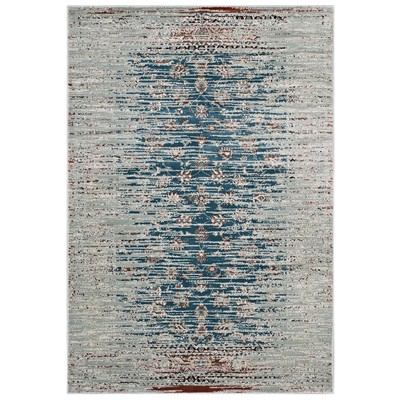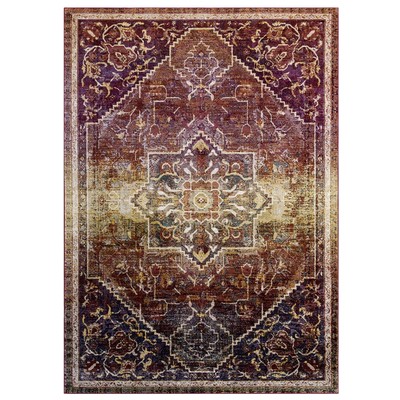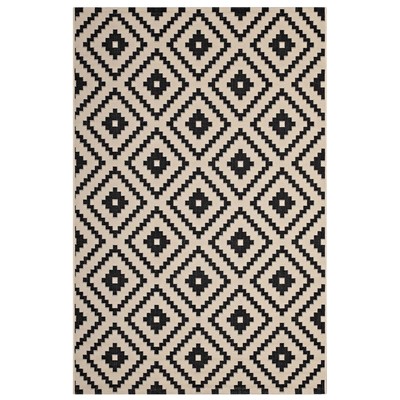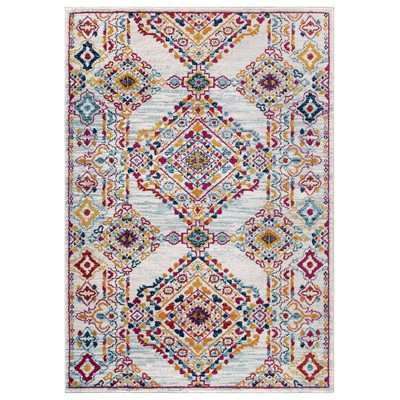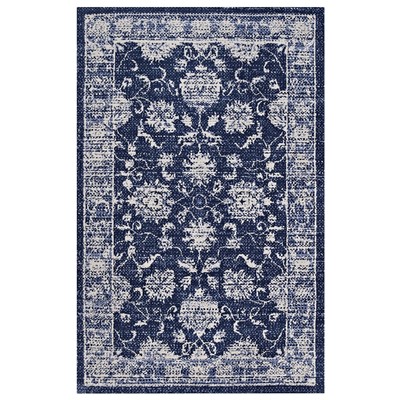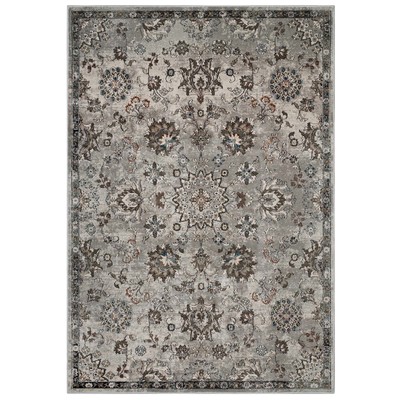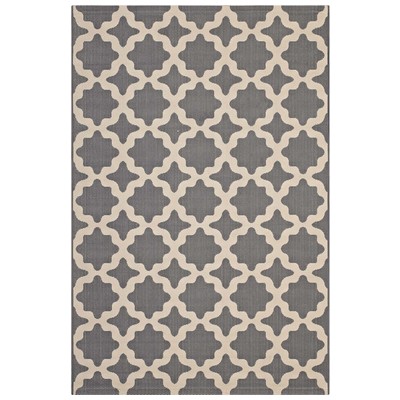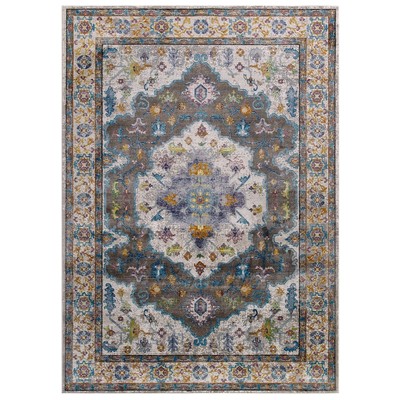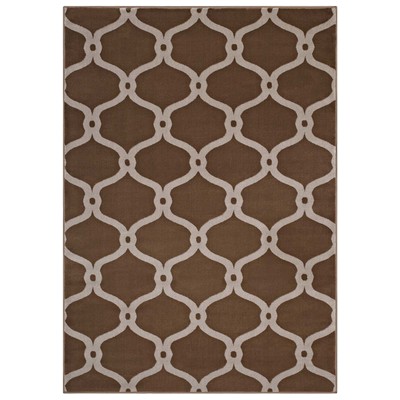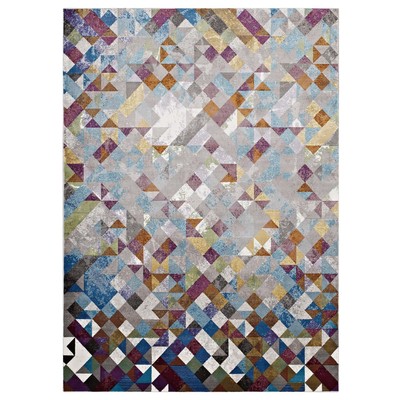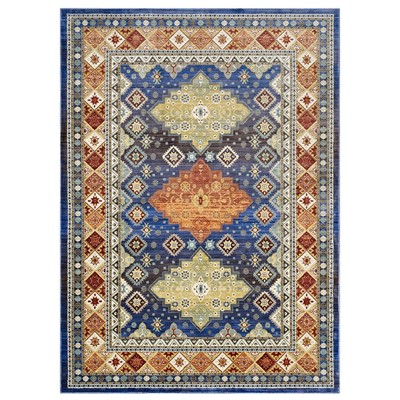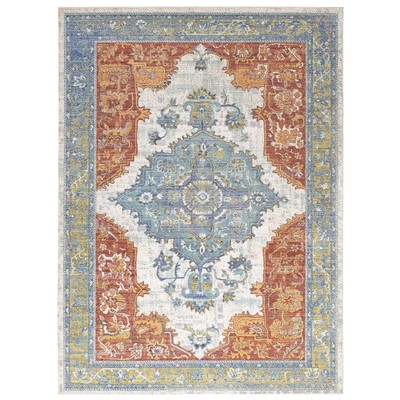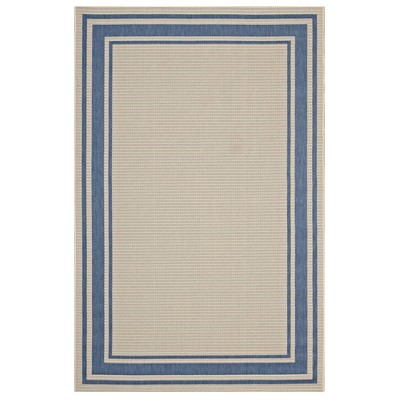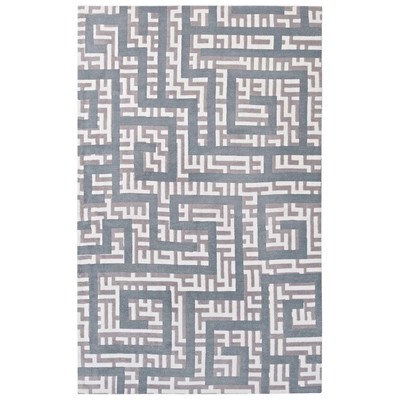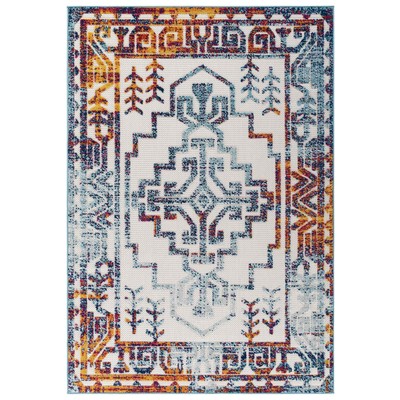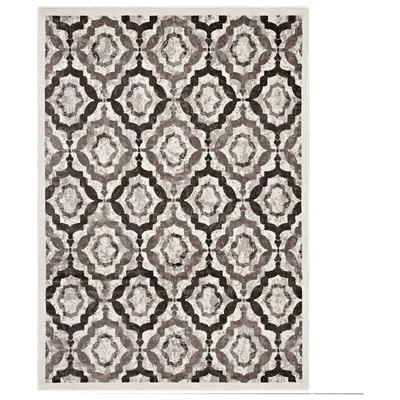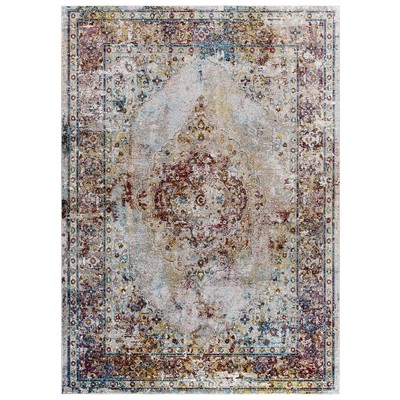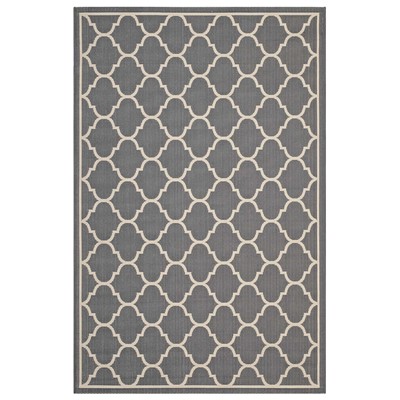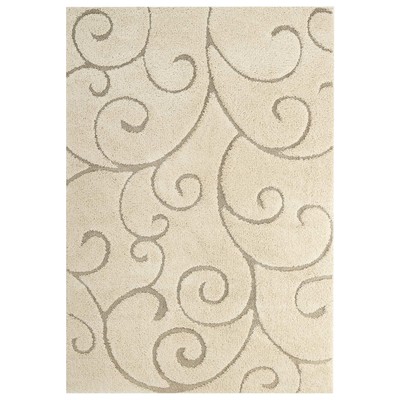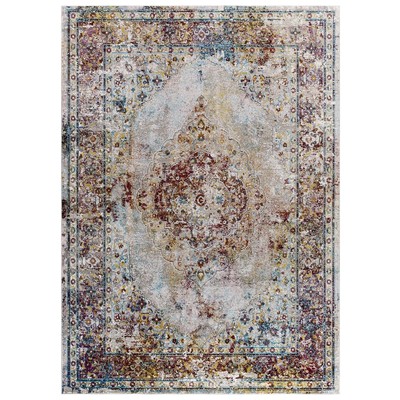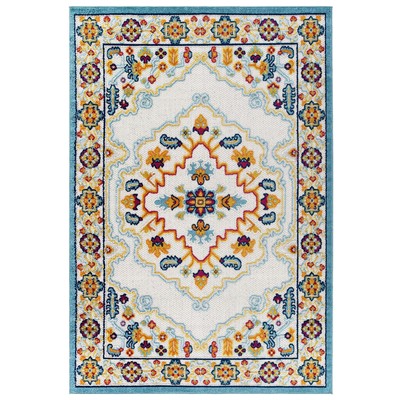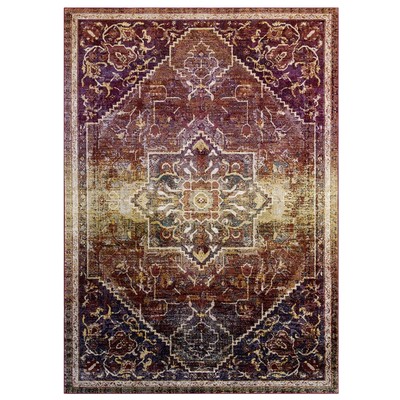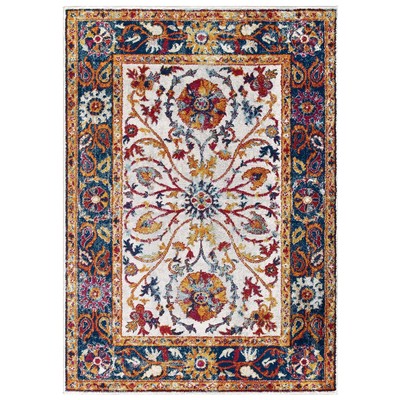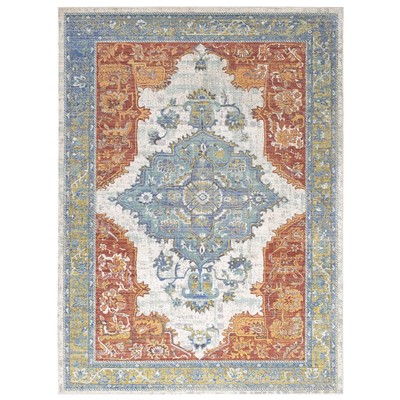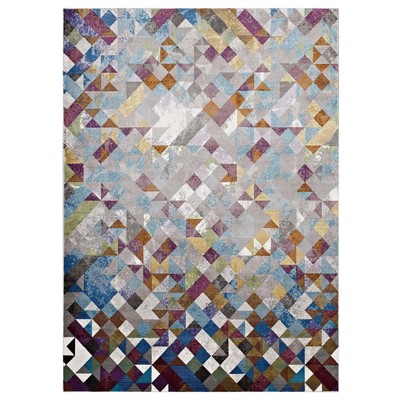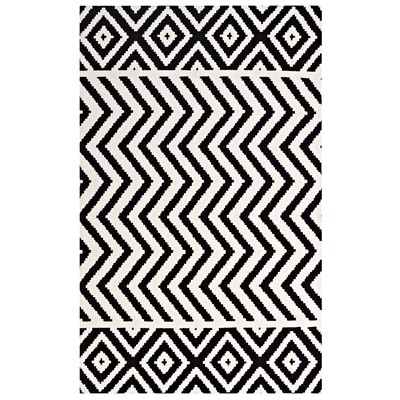The dining room is becoming an outdated place of the past as kitchens open up to include a dining space within their walls. While we can all appreciate no longer feeling so cramped when cooking and eating, many are now seeking new ways to distinguish the two spaces when there aren’t walls there to do the job. Enter the dining table rug, an easy-to-install, colorful mobile carpet that can frame your entire table. It’s a sophisticated way to keep your floorboards intact and spill-free, and adds distinction between your kitchen and dining space in the more and more common open area dining room.

Shop Rugs:
A dining table rug is the first line of defense against scuffs and scratches on your hardwood floors. In a high-use area like the dining room where chairs are being moved around daily for meals, the wear and tear on your floor is a lot harder than other areas. Though not as noticeable, a rug will also lead to less carpet damage over time as well.

One benefit you’ll notice from adding a rug to your table immediately is how much less you hear the room. The plush surface of your rug will soften the noise of every chair squeaking and dragging across the dining room floor every time someone sits down or gets up. Less noise means less stress, and that can go a long way during meal time.

Another great benefit a simple rug can do is flatter your furniture. A modern rug can bring an older or vintage table set up-to-date and make it fit in with the overall room composition. It’s also quite charming as a look, which you can add to by getting secondhand dining chairs of a similar or complimentary color to your dining table rug, or a vintage vase for a centerpiece.

If you have no dedicated dining room, a rug can be a good signifier of the change in space from living room or kitchen to dining. In today’s world, we’re seeing a trend where we don’t indicate each room with walls as it visually–and literally–closes up the space. An open kitchen and dining room combination lets you interact more with the people at your table while preparing a meal than staring at a wall, but a dining table rug can help keep the two areas distinct.

You can even take a dining room rug a creative step further and match it to your dining set for a bold look. Whether through tablecloths, table mats, tablecloths, or table chairs, creating a unified pattern for your dining room is easier today than ever. Take the color (or colors!) you want to highlight from your rug’s surface and take it to your local paint store to have it matched and paint the interiors of your dining room cabinets, or paint an entire wall your accent color.
If you’re in the market for a new way to create a unique dining space, consider adding a stylish dining table rug to your table setup.


